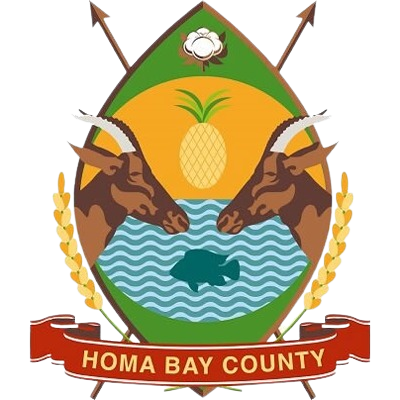Agricultural stakeholders and value chain actors from all 40 wards in Homa Bay County have unanimously endorsed the National Agricultural Value Chain Development Project(NAVCDP), marking a major step towards agricultural modernization and economic growth in the region.
The endorsement came after a series of community meetings where draft Community Development Plans and Micro Catchment Action Plans were validated as part of the Participatory Integrated Community Development (PICD) process.
NAVCDP aims to support 500,000 small-scale farmers in transitioning from subsistence to commercial farming, focusing on five main value chains: dairy, cotton, coffee, rice, and bananas.
"We have received reports generated by all 40 wards. These reports will guide our engagement moving forward," said Madam Skeeter Otieno, a key figure in the PICD process.
During the barazas, various opportunities were highlighted through value propositions and potential returns on investment in the five main value chains: dairy, cotton, coffee, rice, and bananas. Farmers interested in these value chains were registered into Common Interest Groups (CIGs), and Vulnerable and Marginalized Groups (VMGs) were also formed.
Lead farmers were elected as representatives to ensure effective communication and implementation of plans.
Key issues identified by the community included low crop and livestock yields, high cost of farm inputs, dilapidated irrigation infrastructure, silted dams, unprotected springs, lack of aggregation centers, inadequate knowledge, and unreliable rainfall.
Additionally, challenges such as lack of processing knowledge and facilities, poor market linkages, post-harvest losses, and poor road networks were cited as major barriers to market participation and value addition.
Proposed interventions include the use of certified inputs, training programs, fertilizers, pesticides, acquisition of spray pumps, establishment and renovation of irrigation infrastructure, establishment of processing facilities, and the adoption of disruptive agriculture technologies.
Project success will be measured through several indicators, including the number of farmers reached with agricultural assets/services, with a target of 50% female participation. Additional indicators include the percentage increase in farmers selling more than 50% of their produce in the market and the percentage increase in farmers selling value-added produce.
Mr. Paul Otuoma, a banana value chain actor, praised the project's participatory approach: "We have been engaged every step of the way. We have identified our challenges as a community and suggested the best interventions."
The NAVCDP builds on the gains made by the National Agricultural Rural Inclusive Growth Project (NARIGP), which focused on increasing production and productivity. The new project aims to increase market participation and value addition.
Farmers are encouraged to join Cooperative Societies or SACCOs to better position themselves within the agricultural economy.
The endorsement of NAVCDP is expected to usher in a new era of agricultural development and economic prosperity for Homa Bay County residents.



